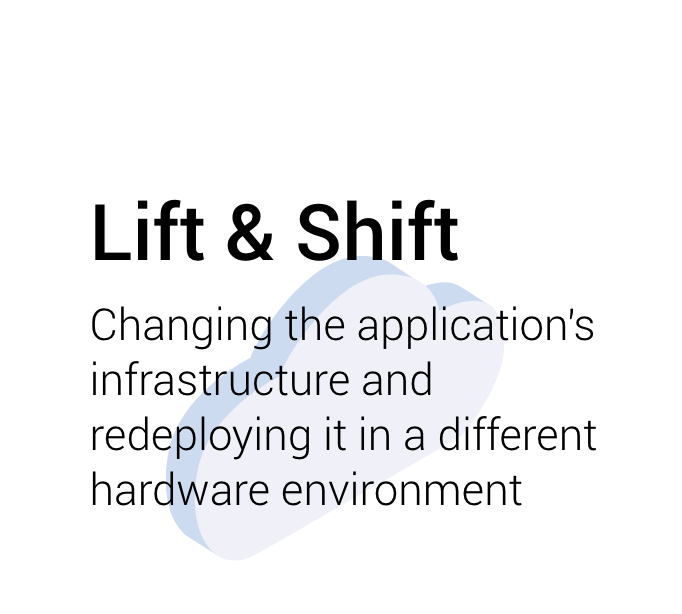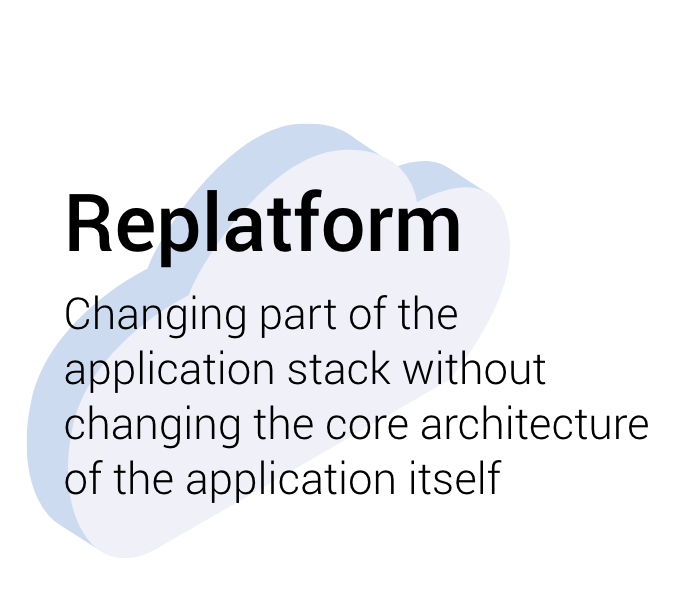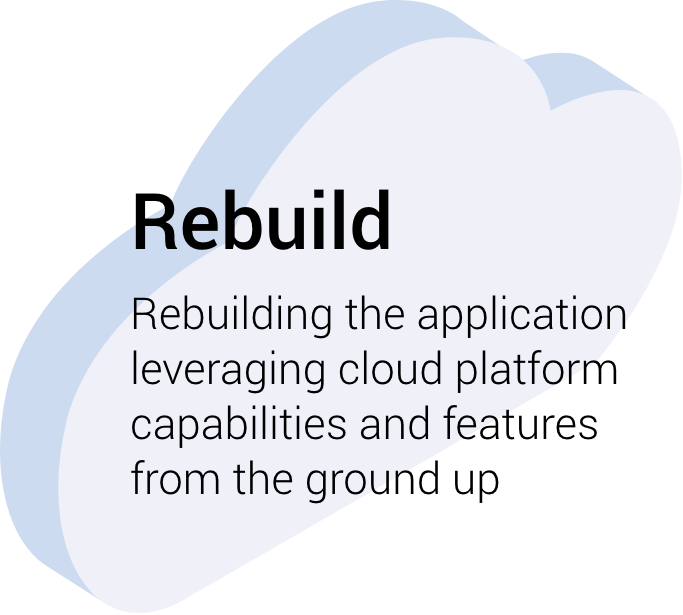


Say goodbye to costly upgrades and insufficient storage, cloud migration creates a foundation for a future of value, enhanced scalability, and security.



Cloud Computing is a pay-as-you-go way of accessing assets like databases, storage and computing power as needed instead of buying and maintaining a product.
Cloud computing is a vital tool across every sector from finance to healthcare, and utilized by companies big and small. There are broad and innovative ways companies implement cloud computing with different end goals such as disaster recovery or fraud detection.
The main reasons companies will benefit from cloud computing are, access to a larger selection of products, the ability to scale resources with demand, the pay for what you use structure that can lower costs, and global deployment that can be done in minutes connecting employees world-wide.
There are three different types of cloud computing. Infrastructure as a service (Iaas) a flexible solution for managing resources focusing on computers and storage space. Platform as a service (Paas) that allows management over underlying infrastructure with management of products like hardware and operating systems. Software as a service (Saas) is a complete product like email that is completely maintained by a service provider.
The process of transferring your existing infrastructure to the cloud or to another cloud location. This includes application, IT process, and databases.
Legacy infrastructure refers to software or hardware that is outdated but still in use. These solutions can be slow, unreliable and lead to data breaches.
There are considerations that need to be made when migrating to the cloud. Large databases can take a significant amount of time and may need a platform change. Additionally steps will need to be taken to ensure data integrity after migration to make sure it is intact, secure and not leaked. Lastly there will need to be operational overlap between your current systems and the cloud to ensure continuous service.
Migrating to the cloud is a multi-step process that includes:
There are three cloud deployment models, Hybrid Cloud that uses both public and private cloud solutions, multi-cloud that uses multiple public clouds, and single-cloud that uses only on cloud either public or private.
DataFactZ will create a personalized cloud solution to fit your business needs and aid in the migration and cloud management process to ensure you can meet current and future business goals.


